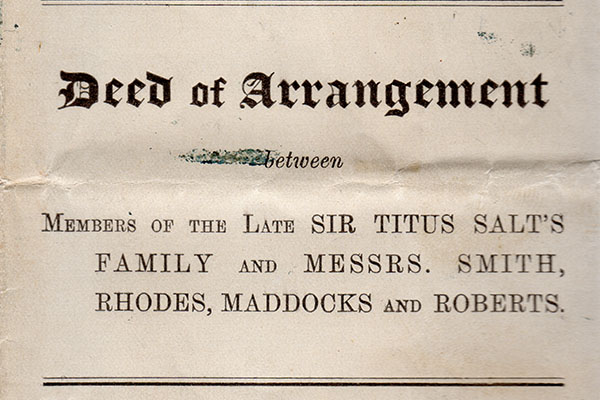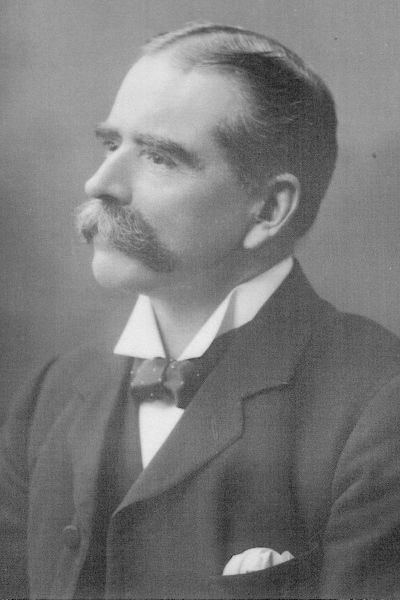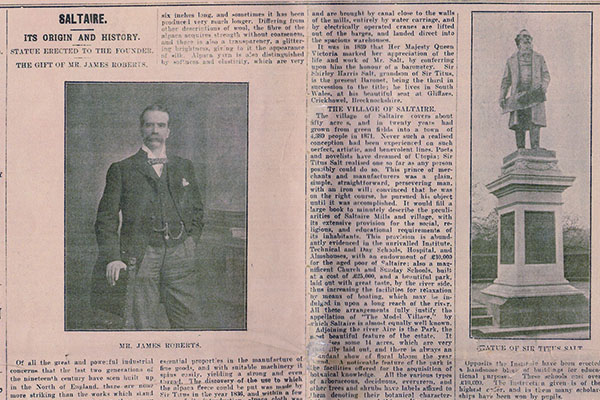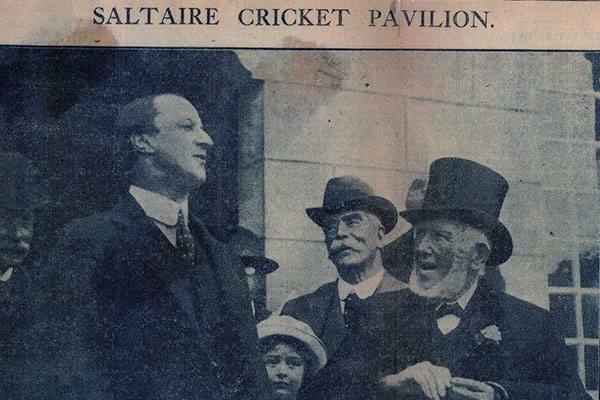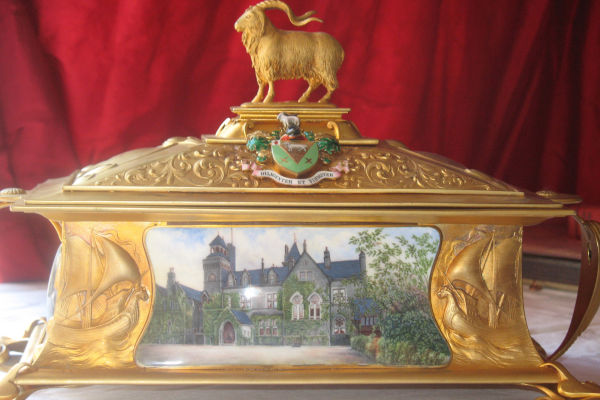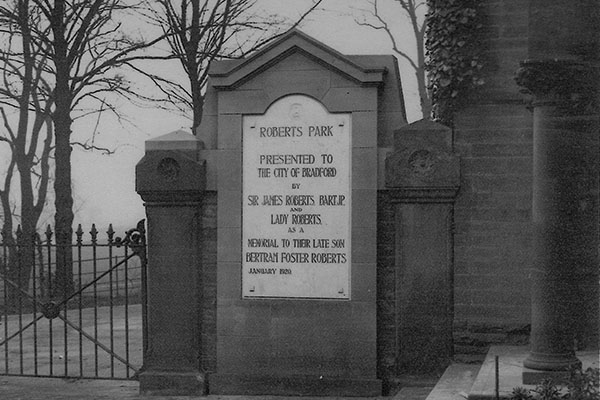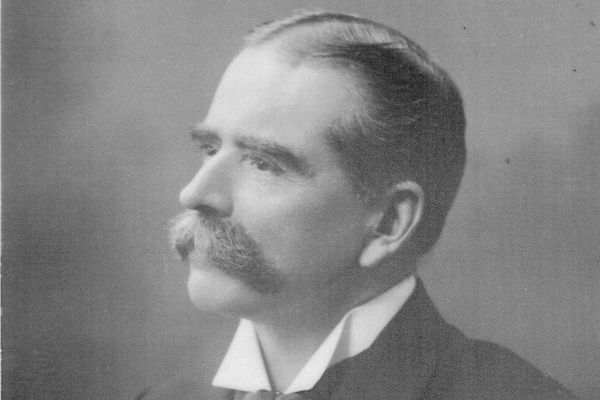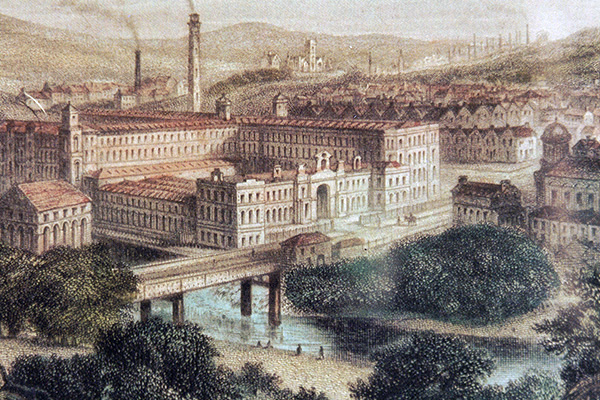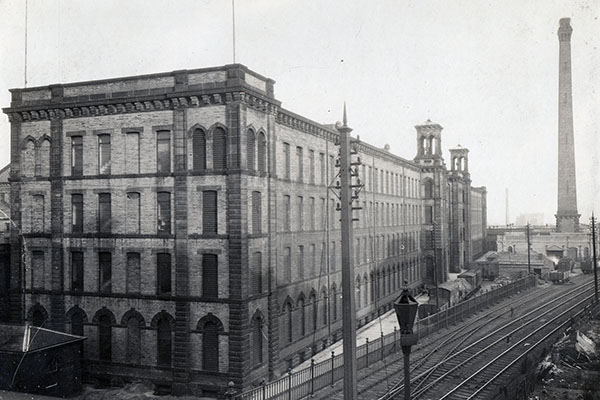How James Roberts saved Saltaire
The modest James Roberts turned around the collapse of the Salt Family business in the early 1890s and worked to continue Sir Titus Salt’s principles in sustaining Saltaire.
Without his efforts, the Saltaire known and loved today may not have been preserved almost intact.
